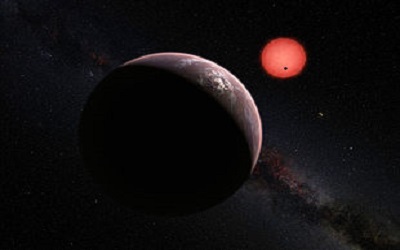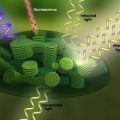在PTE中,无论是Summarise Spoken Text 还是 Re-tell Lecture的考题大都是从真实的讲座或者演讲中截取的,中间经常经常夹杂很多不同的环境音.很多同学都反映有时未必是听不懂,而是听不到. 鉴于此,墨尔本文波雅思PTE专门为大家总结了真实讲座的PTE练习音频,相比新闻音频来说,整体更加接近PTE考试的真题,内容方面,我们也会为大家提供考试中存在的近似题,最近我们会持续更新,敬请期待!
So TRAPPIS-1 is a system of three planets all more mass than the earth which orbits a star which is perhaps 112 the mass of the sun and this is exciting because we’ve never seen a planetary system around this type of star before. And in particular the lowest mass stars are also the most frequently occurring stars in the galaxy and so this may be the first example of the typical planetary system in the sense that its type of planetary system no around the most common type of star, so the the there are three planets in the system, the closest to or inside the habitable zone, they’re much too high but the most distant planet, also the biggest and perhaps least earth-like might actually be in the habitable zone. So this planet, sorry this planetary system is 239 light years away is not especially close, especially for us, the stars are so low mass, so it is also very dim, turns out that the brightness of a star, at least how bright the intrinsically the star is, proportionally how massive it is, so because this star is so faint, it could be it’s not, certainly not possible, but it could be more difficult to measure the properties of these planets that it would be if the star somewhat brighter, so for example, the only data we have about this system comes from observing them with the transit technique. The whole star layer is too faint to observe it, so darker the technique, so we do not know how massive the planets are. You know how big they are, but we don’t know how massive they are, so we don’t know the density, we don’t know what they’re made of. So it is obviously a very exciting discover, but it’s going to take a lot more work to fully exploit.





